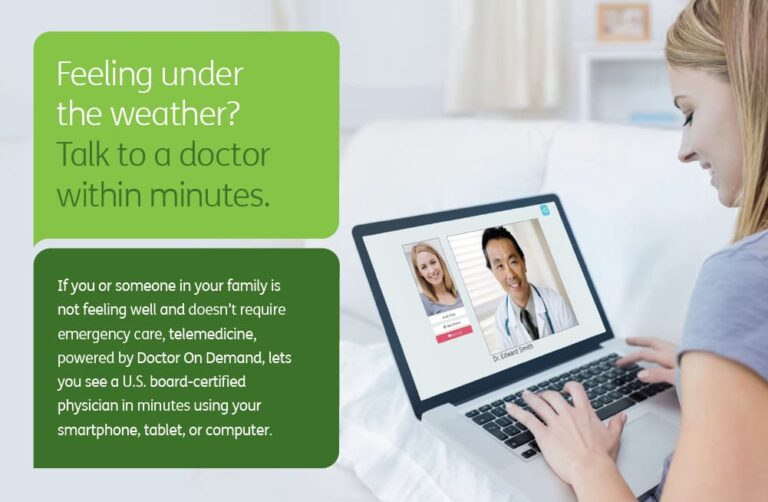Telemedicine is a way of providing diagnosis and treatment to patients over distance. This methodology utilizes telecommunications software to deliver real-time healthcare to doctors’ patients instead of in-person healthcare. Telemedicine isn’t as new as some people may think. In fact, telemedicine has been practiced for about 50 years. In its infancy, telemedicine was used on an experimental basis by a few hospitals that needed to provide healthcare to patients who lived in remote areas. Having proved its efficacy, telemedicine is now being more broadly used to treat patients remotely for the purposes of convenience and expediency.
Basics of Telemedicine
The basics of telemedicine encompass the use of secure telecommunications software to connect healthcare practitioners with patients and caregivers. Sometimes telemedicine today is referred to as “virtual visits,” since the healthcare practitioner is not actually present with the patient or caregiver. Telemedicine can take on a variety of forms:
- Remote Patient Monitoring, also called “telemonitoring,” is when a chronically ill patient’s vital signs are remotely monitored through mobile medical devices. This telemonitoring may relay information about blood sugar levels, heart rate, blood pressure and more. The remote healthcare practitioner can view and respond to the data instantaneously.
- Asynchronous telemedicine is a healthcare-practitioner-to-healthcare-practitioner communication methodology that enables providers to securely share patient information with one another. Examples of shared information could be lab or X-ray results, wound images, etc.
- Interactive telemedicine is a communications method that allows healthcare practitioners and patients and caregivers to text, talk and see each other in real time over secure lines or through secure portals. The video conferencing software may exist on the healthcare practitioners’ website or at a nearby clinic convenient to the patient’s home.
How Is Telemedicine Changing Healthcare?
Telemedicine is revolutionizing healthcare at a time when it’s needed the most. An aging population has put more demands on healthcare providers than ever before. Healthcare providers have been struggling to keep up with the time and energy needs of a growing number of patients. Simultaneously, the number of healthcare professionals is in decline. Doctors, nurses and physicians’ assistants are in demand like never before. These two factors alone have strained the healthcare field in historically significant ways. Telemedicine is changing all that.
Through telemedicine, healthcare providers are able to maximize time, productivity and efficiencies at levels previously impossible to attain. Essentially, the “fat” has been trimmed off of patient visits. Healthcare providers can now multiply patient visits in the same amount of time it would have taken to see a fraction of patients during a workday.
Benefits of Telemedicine
There are a number of benefits of telemedicine for patients, too.
Convenience
Patients don’t need to take time off work or school to have a visit with their healthcare provider. A typical doctor’s visit takes at least two hours. Whether that time is spent driving through traffic, navigating a large parking garage and medical building hallways, or sitting in the patient lounge, that’s all time that is saved with telemedicine.
Money Saved
Workers don’t have to sacrifice a day’s pay every time they need to see the doctors. Parents don’t have to pay for gas and parking every time they need to bring their children to the pediatrician’s office for a checkup. And, telemedicine visits typically cost less overall than a traditional doctor’s visit.
Improved Access
With telemedicine, patients have faster and more personalized access to their healthcare providers. This is especially ideal for persons who may be traveling out of the country and experiencing a health situation. Patients can now “see” their healthcare providers much more quickly — often in the same day — instead of having to wait weeks for an appointment. This helps patients who may require more close-up monitoring of conditions to stay on top of their health with the assistance of their healthcare provider.
Telemedicine is certainly one of the greatest advances in healthcare. Whether you’re a healthcare provider or a patient, telemedicine offers undisputable benefits for everyone concerned. To learn more about telemedicine and Employer Flexible, please contact us.






